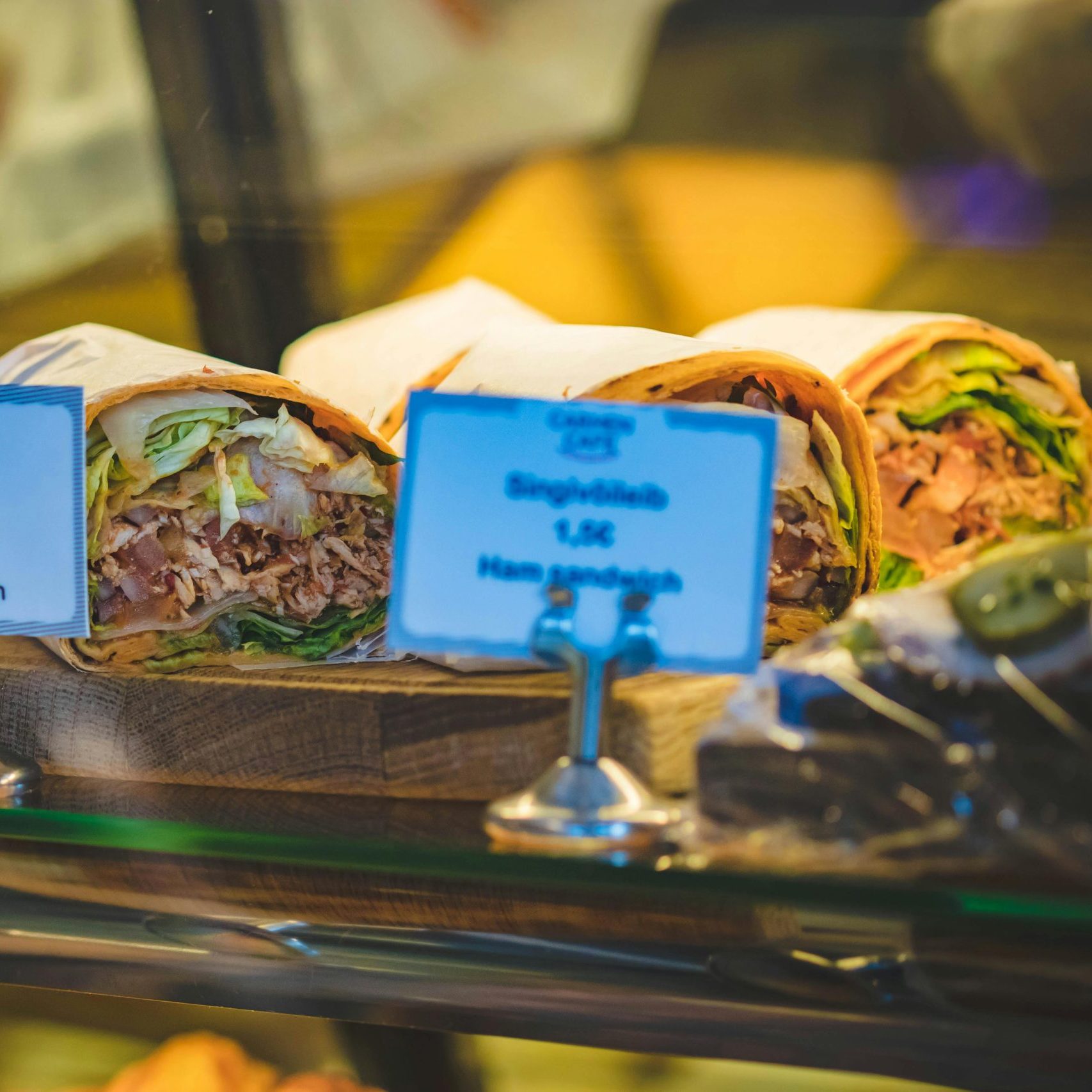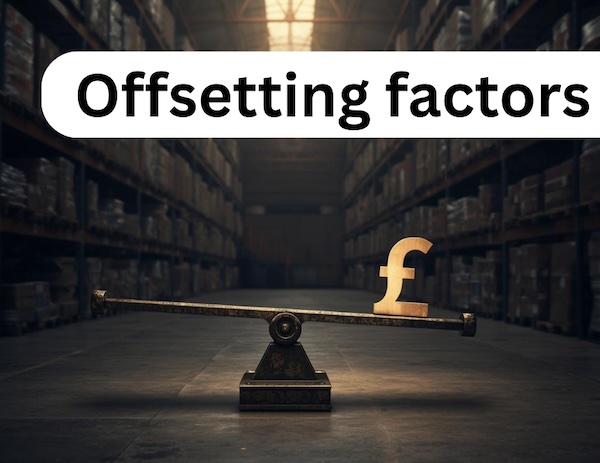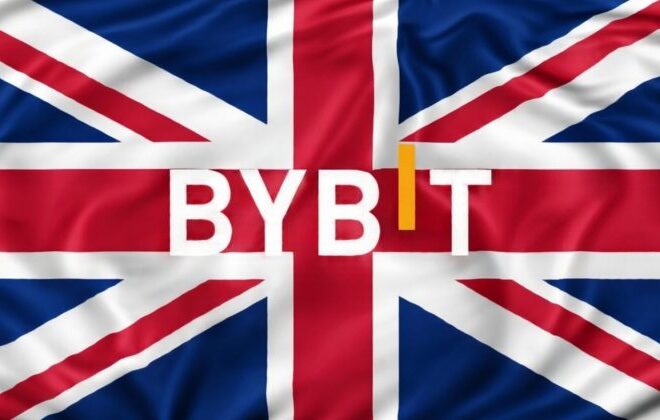
What is a Wrap and When do they Make Sense? – Guidance Financial Services
My newspaper colleague Bec Wilson wrote a piece recently about a lady who went to see a financial advisor and received advice to shift her super from one of the large industry super funds into a Wrap facility. She’d not heard of a wrap before and felt uncomfortable with the advice, particularly since she was quite happy with the fund she was in, and the advice she’d been seeking was around how to prepare for retirement. Changing super providers was not on her agenda.
There’s two issues that flow from Bec’s piece. One is, what is a wrap? The second, when would you move your super from a standard mainstream fund to a wrap facility? In this weeks post I’m going to answer both questions.
What is a Wrap?
A wrap is an administration solution for investments. Wrap facilities can be used both for superannuation savings, and also for non-superannuation savings. Once you establish a wrap account, it can hold a wide array of different investments, and provide you with high quality reporting, and loads of functionality. Wrap facilities will ensure your dividends go to the right place, your tax file number is given to the share registry, and your accountant has accurate information for your tax return.
Wrap accounts also facilitate working with an advisor, in that they enable your advisor to monitor your portfolio, generate reports, and conduct basic admin tasks on your behalf.
A helpful analogy might be to consider a mainstream super fund as a roadside food van selling a limited menu with minimum fuss. A wrap account is more like an alacarte restaurant, with a full menu, and a high level of service. Where this analogy breaks down however is with respect to the cost. Depending on the options and functionality you use, it is possible for wraps to be expensive relative to mainstream funds. However wraps do have low cost options, and so it’s not uncommon to find them extremely cost competitive versus mainstream super funds.
In your wrap account, be it super, or non super, you might hold ETF’s, shares (both Australian listed and listed in other markets such as the United States), term deposits, professionally managed funds, and cash. With many of them you can also add assets like property, and these will get picked up in the reporting.
Another popular investment option facilitated through wraps is a model portfolio. These are an evolution on the traditional managed fund, offering greater flexibility and improved tax outcomes.
When does a Wrap make sense?
For non-superannuation money, we would use a wrap facility in almost every investment instance. Any other solution doesn’t provide the combination of quality reporting, administration, and breadth of potential investment options.
For superannuation savings it’s less clear cut. In our business, our preference is always for people to remain in the super fund that they are already in, unless they express some dissatisfaction with that fund. There’s not an enormous amount of difference between one mainstream fund and the next. It’s the investment options that you select within those funds that really matter.
We might use a wrap facility for super where someone wants more customisation than a mainstream fund could offer, or perhaps where someone has been in a more niche fund, perhaps sponsored by a former employer, and is now looking for a more appropriate and lower cost solution. We might also use a wrap where someone has a large super balance and we need to get quite involved in its management. As mentioned earlier, wrap facilities have a far greater capacity for the advisor to monitor and perform basic admin tasks than is the case with the mainstream super fund. As an example, if someone were in pension mode, and needed to alter how much they wanted to draw out each month, an advisor can get this done with a few clicks in a wrap account, whereas in a mainstream fund there’d be paperwork and signatures required, and the process would take a week or more.
Was this lady right to be concerned?
Possibly. Perhaps the adviser was recommending she shift because the current fund she was in was expensive, and they could find a better deal through a wrap facility.
Alternatively though, the adviser may have worked for a business that has in-house model portfolios. These businesses are effectively a funds management business with a financial advice badge tacked on the front. For a business such as this, their main game is to attract money to manage. Their advice fees might be lower than would be typical in the industry, which is fine because they bank on making their money through the management of your savings. It’s a form of vertical integration that has blossomed somewhat since the Banking Royal Commission.
Wrap facilities are nothing to be afraid of, they’re simply an administration solution for investment portfolios. For non-superannuation money where you want to have a relationship with a financial planner, using a wrap is a no brainer. For superannuation money, it’s very much a case by case situation. In most instances though, if you’re in one of the mainstream super funds, that is totally adequate for your needs, and you shouldn’t feel the need to shift. Your financial advisor should be there to give you strategic advice on how to achieve your goals. If you get the sense that they are behaving more like a fund manager than your advisor, it might be worth looking around for a new advice relationship.
All the best. Until next time, bye for now.






